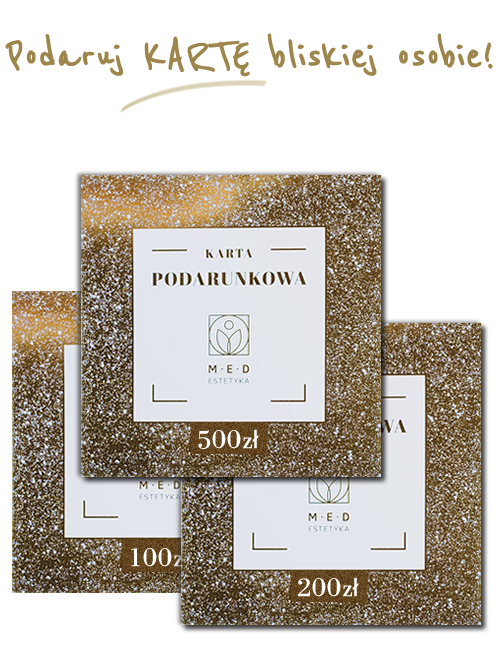Panel of chicken egg molecules - Polycheck
Material: Blood
Price of the study: 140 PLN
Waiting time: result after 5 working days
Booking:
Price of the study: 140 PLN
Waiting time: result after 5 working days
Booking:
- Check, the hours of operation of the collection center and where booking an appointment is required.
Preparation for the study
General
- The test material is blood.
- The patient does not need to be fasting.About 30 minutes before the test it is advisable to drink a glass of water.
- Antihistamines can be taken before the test.
Description
The test is performed to diagnose the presence of IgE antibodies against specific allergens and their components.
The test detects the primary allergens of hen's egg: protein and yolk, as well as allergenic components such as:
Gal d 1 - ovomucoid, is the main molecule of hen's egg. After its ingestion, allergic individuals may experience intestinal symptoms, but also skin symptoms (urticaria and eczema), as well as generalized reactions (even anaphylactic shock). It is a thermostable molecule, so symptoms can occur in people who are allergic to it after eating both raw and heat-treated chicken eggs. Gal d 1 is referred to as a marker of tolerance, which means that decreasing concentrations of E antibodies to Gal d 1 in subsequent tests is a good predictor of acquiring tolerance to chicken egg. Therefore, the concentration of IgE against the molecule Gal d 1, should be determined by a quantitative test.
Gal d 2 - owoalbumin, is the second major allergen of hen's egg, and is found almost exclusively in egg white. People who are allergic to this molecule may experience cross-reactivity with turkey, duck, goose or ostrich eggs.
Gal d 3 conalbumin, the third major allergen of chicken egg, its content is mainly present in the egg white. After ingestion of chicken egg, people who are allergic to it may experience symptoms both in the intestines and on the skin (urticaria and eczema), rarely generalized reactions. People sensitized to this allergen may experience cross-reactivity with turkey, duck, goose or ostrich eggs.
Gal d 4 - lysozyme, usually sensitization to this molecule, does not carry serious clinical symptoms. Nevertheless, people should check the composition on the labels of many food products, since lysozyme is commonly used in the food industry as a natural preservative. It is also used in the production of ripened cheese. Contact with this allergen, can follow the administration of drugs (e.g., by injection), as lysozyme is also used as a drug additive.
The test detects the primary allergens of hen's egg: protein and yolk, as well as allergenic components such as:
Gal d 1 - ovomucoid, is the main molecule of hen's egg. After its ingestion, allergic individuals may experience intestinal symptoms, but also skin symptoms (urticaria and eczema), as well as generalized reactions (even anaphylactic shock). It is a thermostable molecule, so symptoms can occur in people who are allergic to it after eating both raw and heat-treated chicken eggs. Gal d 1 is referred to as a marker of tolerance, which means that decreasing concentrations of E antibodies to Gal d 1 in subsequent tests is a good predictor of acquiring tolerance to chicken egg. Therefore, the concentration of IgE against the molecule Gal d 1, should be determined by a quantitative test.
Gal d 2 - owoalbumin, is the second major allergen of hen's egg, and is found almost exclusively in egg white. People who are allergic to this molecule may experience cross-reactivity with turkey, duck, goose or ostrich eggs.
Gal d 3 conalbumin, the third major allergen of chicken egg, its content is mainly present in the egg white. After ingestion of chicken egg, people who are allergic to it may experience symptoms both in the intestines and on the skin (urticaria and eczema), rarely generalized reactions. People sensitized to this allergen may experience cross-reactivity with turkey, duck, goose or ostrich eggs.
Gal d 4 - lysozyme, usually sensitization to this molecule, does not carry serious clinical symptoms. Nevertheless, people should check the composition on the labels of many food products, since lysozyme is commonly used in the food industry as a natural preservative. It is also used in the production of ripened cheese. Contact with this allergen, can follow the administration of drugs (e.g., by injection), as lysozyme is also used as a drug additive.
Development and preparation of material (applies to contractors only)
962
egg,molecules,components,ovomucoid,lysozyme,owoalbumin,conalbumin


